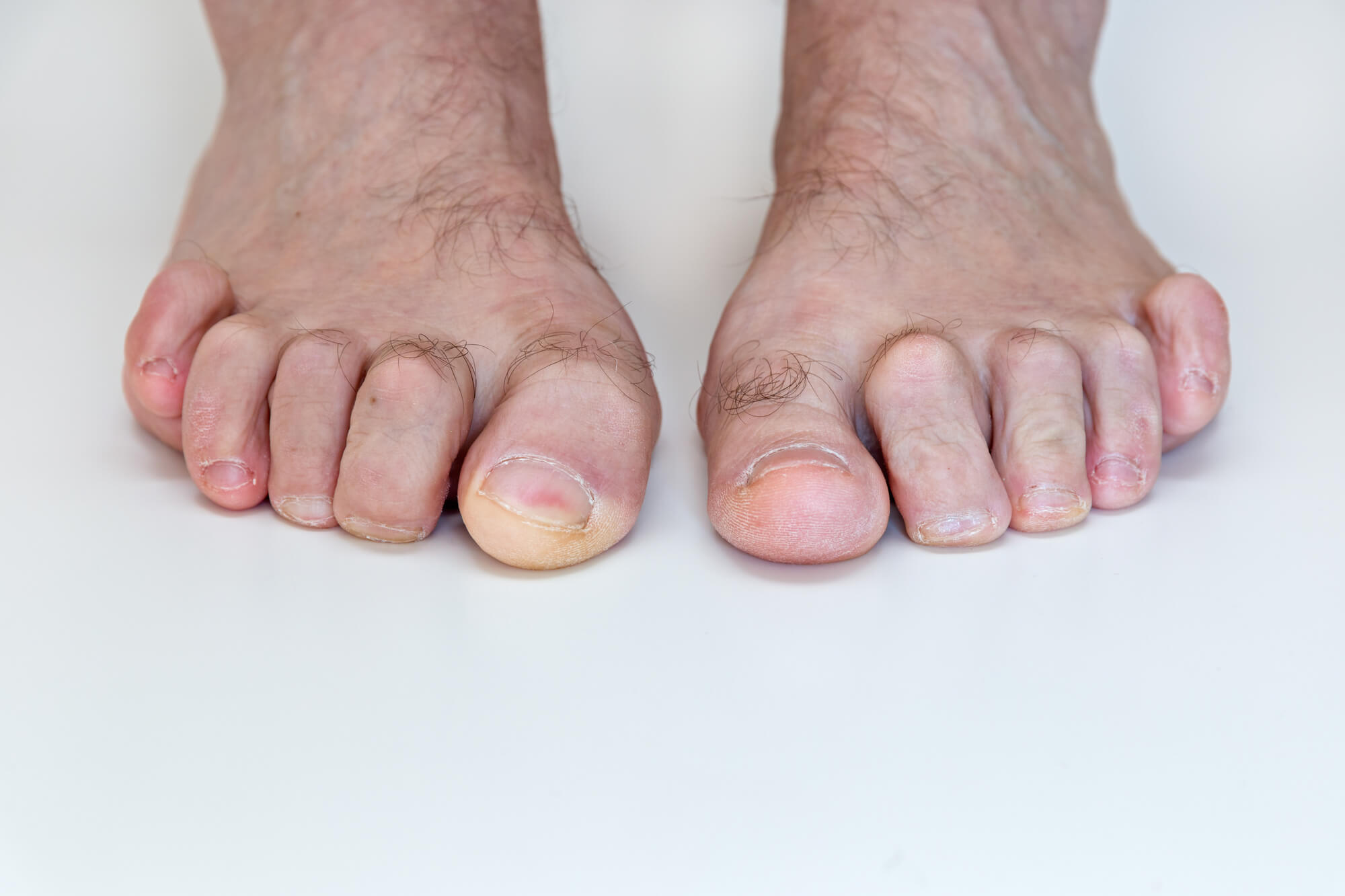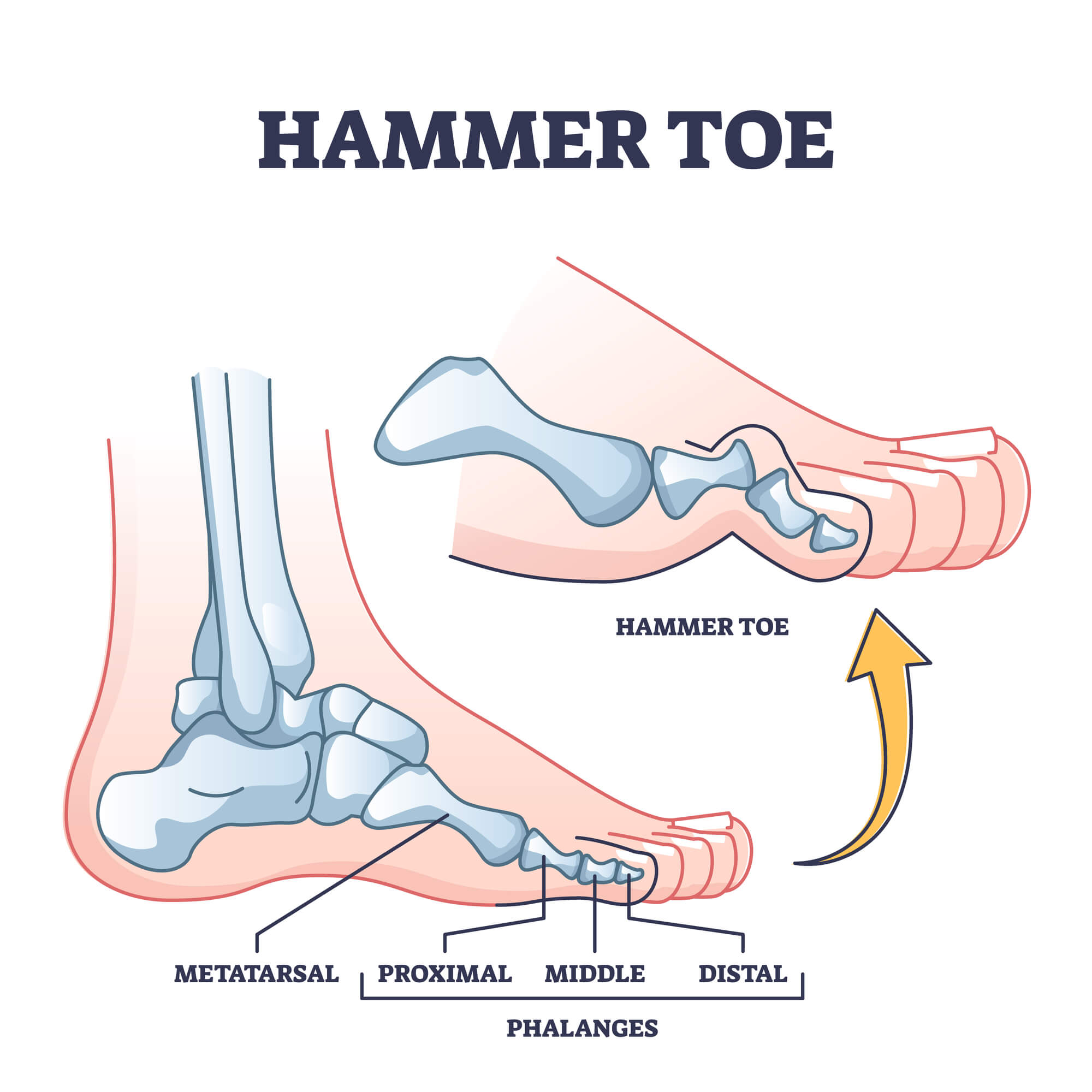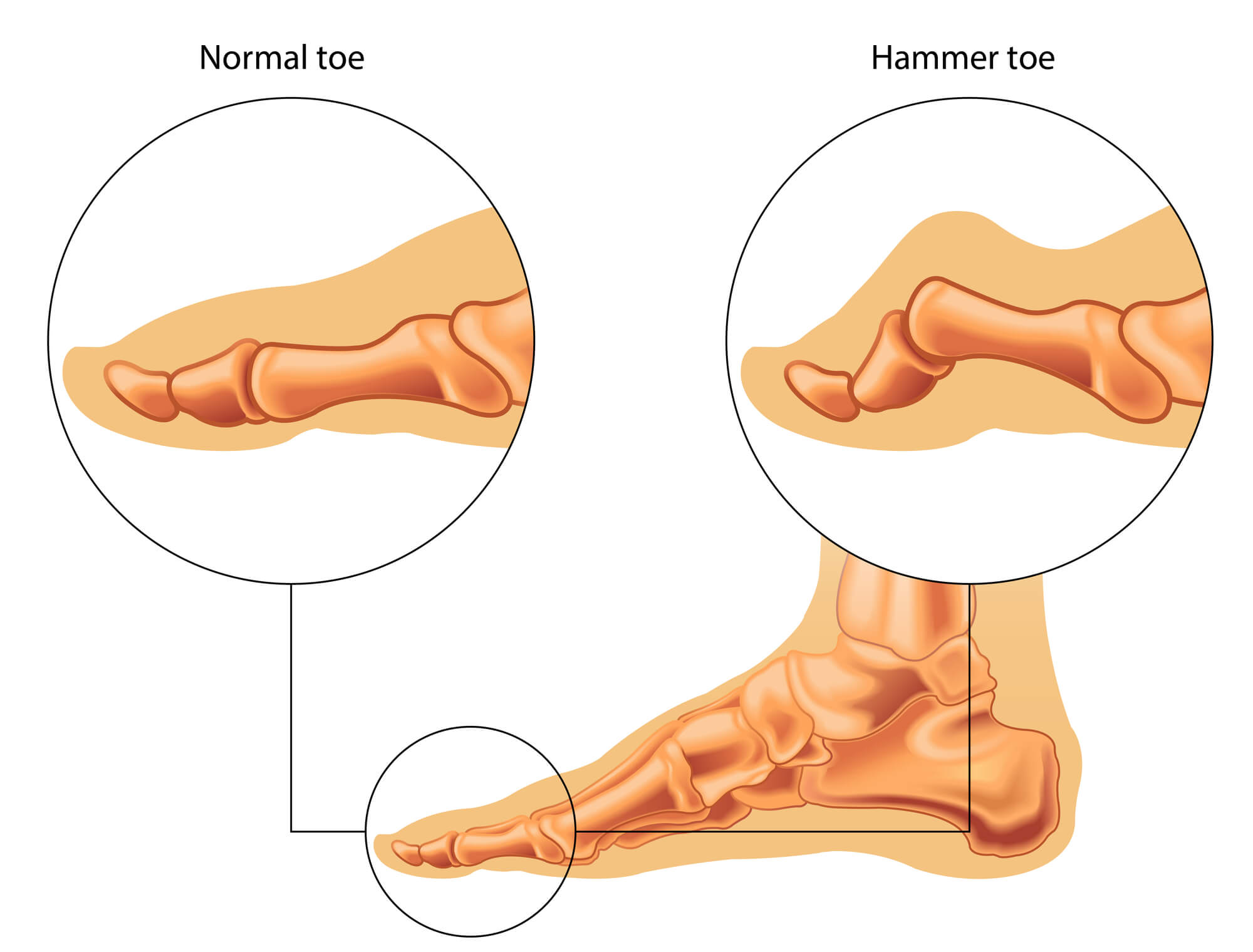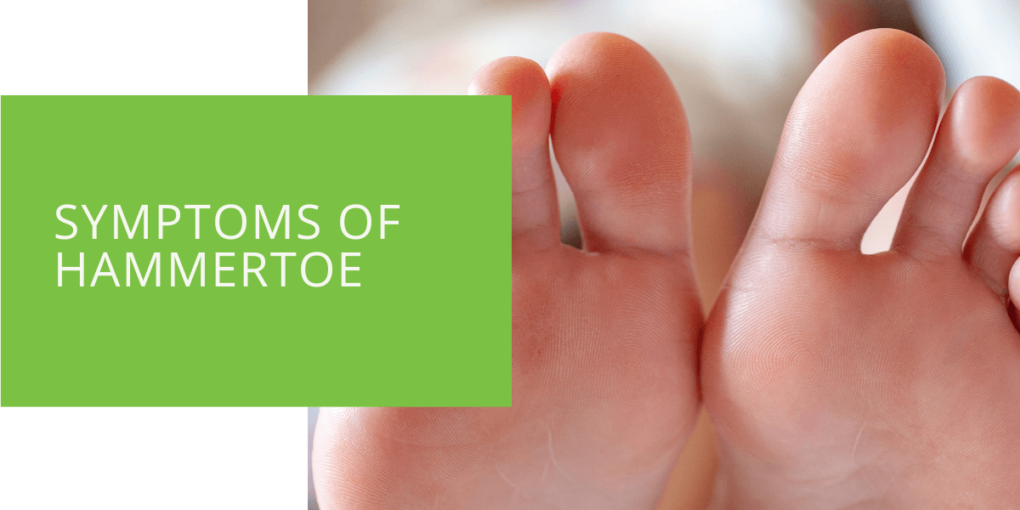Symptoms of Hammertoe
Hammertoe is a common foot deformity that occurs when one or more toes become bent at the middle joint, resembling a hammer. It can affect any toe but is most commonly found in the second or third toes. Hammertoe can cause pain and discomfort when walking or wearing shoes and can lead to the development of corns and calluses on the top of the toe or the bottom of the foot.
There are several causes of hammertoe, including wearing tight or ill-fitting shoes, certain medical conditions such as arthritis or nerve damage, and inherited factors. In this article, we will discuss the symptoms of hammertoe and the various treatment options available.
What is Hammertoe?
Definition
Hammertoe is a deformity that occurs in the toes when one or more of the toes become bent at the middle joint, resembling a hammer. It can affect any toe but is most commonly found in the second or third toes.
Causes
Wearing tight or ill-fitting shoes is a common cause of hammertoe. High-heeled shoes, in particular, can put pressure on the toes and cause them to become bent. Certain medical conditions, such as arthritis or nerve damage, can also cause hammertoe. In some cases, the deformity is inherited and may run in families.

Symptoms of Hammertoe
Appearance of Bent Toes
The most obvious symptom of hammertoe is the appearance of bent toes. The bent joint may cause the toe to point upwards or downwards, and the affected toe may appear shorter than the others. In some cases, the toe may also appear to be rotated, with the top pointing towards the other toes.
Pain and Discomfort
Hammertoe can cause pain and discomfort when walking or wearing shoes. The bent joint may rub against the inside of the shoe, causing irritation and callouses. In severe cases, hammertoe can cause difficulty moving the affected toe or fitting into shoes.
Other Symptoms
Other symptoms of hammertoe may include swelling, redness, and stiffness in the affected toe. In severe cases, hammertoe can develop corns and blisters on the top of the toe or the bottom of the foot.

Treatment Options
Non-Surgical Treatment
In mild cases, hammertoe can be treated with non-surgical methods such as wearing shoes with a wider toe box or using padding and inserts to reduce pressure on the affected toe. Stretching and strengthening exercises may also be recommended to improve flexibility and reduce discomfort. A podiatrist, or foot and ankle doctor, may suggest using arch supports or custom-made orthotics to help balance the foot and relieve pressure on the toes.
Surgical Treatment
If non-surgical treatments are not effective, surgery may be recommended to correct the deformity. Several surgical options are available, including tendon transfers, joint implants, and joint fusion. The appropriate treatment will depend on the severity of the deformity and the patient's individual needs and preferences.
A tendon transfer involves moving a tendon from one part of the foot to another to straighten the affected toe. A joint implant is a small device placed in the bent joint to help hold it in a straight position. Joint fusion involves fusing the bones of the affected toe to create a single, straight bone.
It is important to discuss the potential risks and benefits of each surgical option with your podiatrist, as well as any potential recovery time and post-operative care.

Prevention
There are several steps you can take to prevent the development of hammertoe:
Wear Properly Fitting Shoes
One of the best ways to prevent hammertoe is to wear shoes that fit properly and provide ample room for the toes. Shoes with a wide toe box and a low heel are generally recommended. Avoid wearing high heels or tight-fitting shoes, as these can increase the risk of developing hammertoe.
Exercise Regularly
Exercising the muscles in the feet and toes can help prevent hammertoe. Simple exercises such as picking up marbles with your toes or trying to spread your toes apart can help strengthen the muscles and improve flexibility.
Seek Medical Attention
If you are experiencing symptoms of hammertoe or have a family history of the condition, it is important to seek medical attention. Early treatment can help prevent the deformity from worsening and may increase the chances of successful treatment. Your podiatrist can assess your risk for hammertoe and recommend appropriate preventative measures.
Conclusion
Hammertoe is a common foot deformity that can cause pain and discomfort when walking or wearing shoes. It is important to seek medical attention if you are experiencing symptoms of hammertoe, as early treatment can improve the chances of successful treatment. Wearing properly fitting shoes and exercising regularly can help prevent the development of hammertoe. If necessary, several surgical and non-surgical treatment options are available to correct the deformity and alleviate discomfort.
FAQ
What is hammertoe?
Hammertoe is a deformity in the toes when one or more of the toes become bent at the middle joint, resembling a hammer. It can affect any toe but is most commonly found in the second or third toes.
What causes hammertoe?
Wearing tight or ill-fitting shoes is a common cause of hammertoe. High-heeled shoes, in particular, can put pressure on the toes and cause them to become bent. Certain medical conditions, such as arthritis or nerve damage, can also cause hammertoe. In some cases, the deformity is inherited and may run in families.
What are the symptoms of hammertoe?
The most obvious symptom of hammertoe is the appearance of bent toes. The bent joint may cause the toe to point upwards or downwards, and the affected toe may appear shorter than the others. Hammertoe can also cause pain and discomfort when walking or wearing shoes and can lead to the development of corns and calluses on the top of the toe or on the bottom of the foot. Other symptoms may include swelling, redness, and stiffness in the affected toe.
Is hammertoe the same as mallet toe?
No, hammertoe and mallet toe are two different foot deformities. Hammertoe affects the toe's middle joint, while mallet toe affects the joint nearest the toenail. Both conditions can cause pain and discomfort when walking or wearing shoes.
Do I need surgery for hammertoe?
In mild cases, hammertoe can be treated with non-surgical methods such as wearing shoes with a wider toe box or using padding and inserts to reduce pressure on the affected toe. Stretching and strengthening exercises may also be recommended to improve flexibility and reduce discomfort.
If non-surgical treatments are ineffective, surgery may be recommended to correct the deformity. Several surgical options are available, including tendon transfers, joint implants, and joint fusion. The appropriate treatment will depend on the severity of the deformity and the patient's needs and preferences. It is important to discuss the potential risks and benefits of each surgical option with your podiatrist, as well as any potential recovery time and post-operative care.
Can hammertoe affect any toe or just the second toe?
Hammertoe can affect any toe but is most commonly found in the second or third toes.
What type of footwear is recommended for people with hammertoe?
Shoes with a wide toe box and a low heel are generally recommended for people with hammertoe. Avoid wearing high heels or tight-fitting shoes, as these can increase the risk of developing hammertoe.
Can a ligament imbalance cause hammertoe?
Yes, a ligament imbalance can cause hammertoe. If the ligaments in the foot are too tight or too loose, it can cause an imbalance that leads to the development of hammertoe. Maintaining proper foot alignment and balance is important to prevent the development of hammertoe and other foot deformities.

